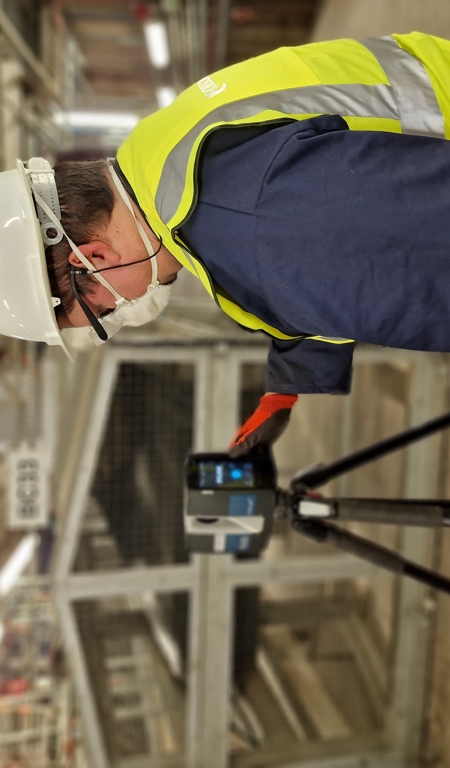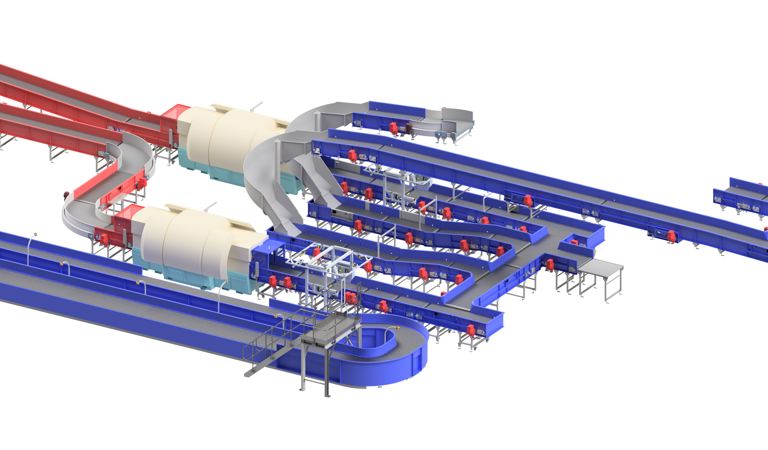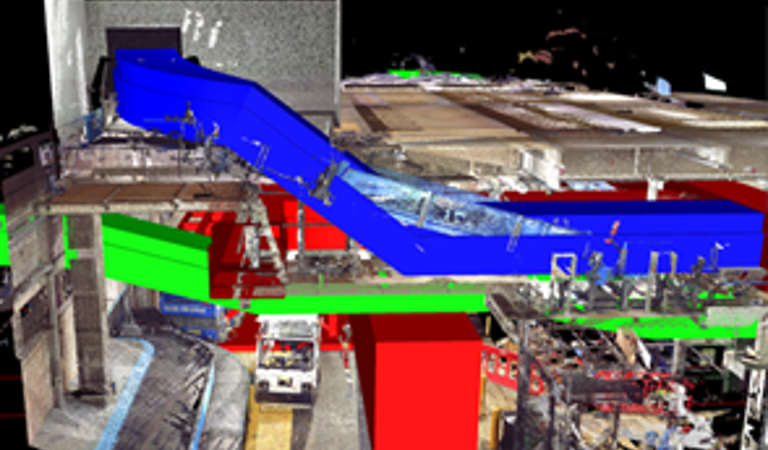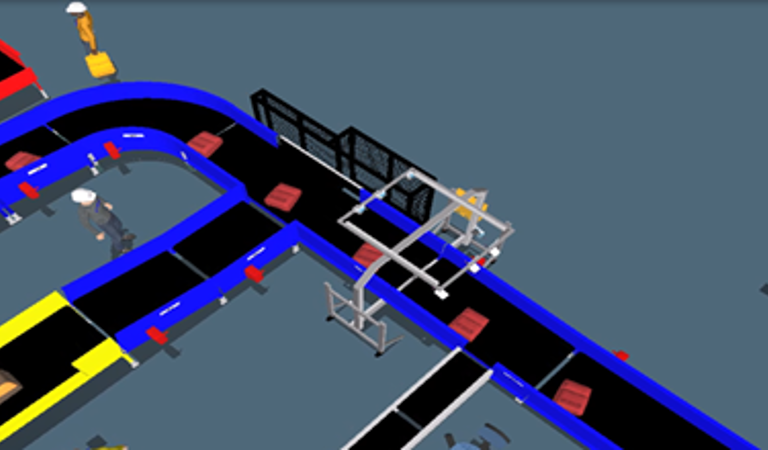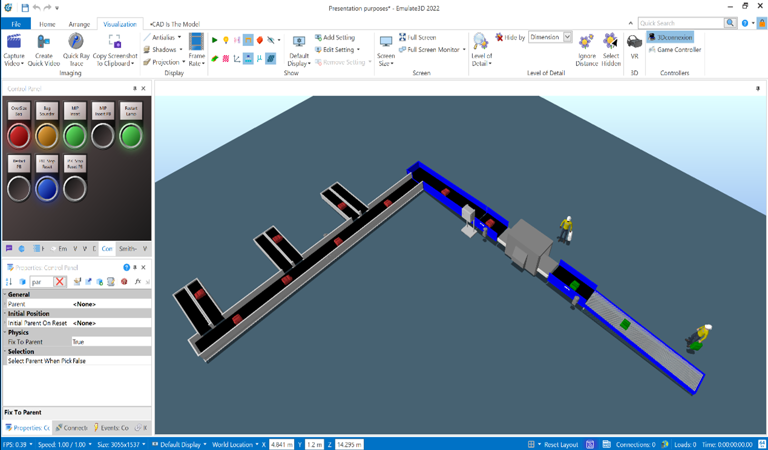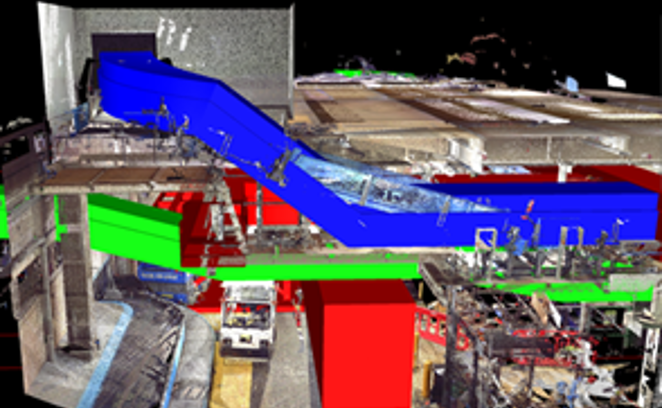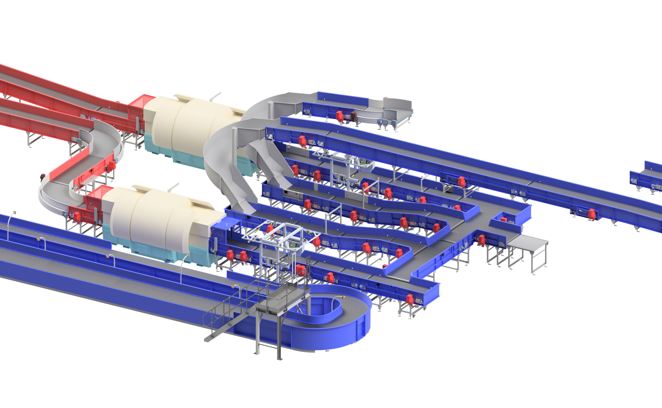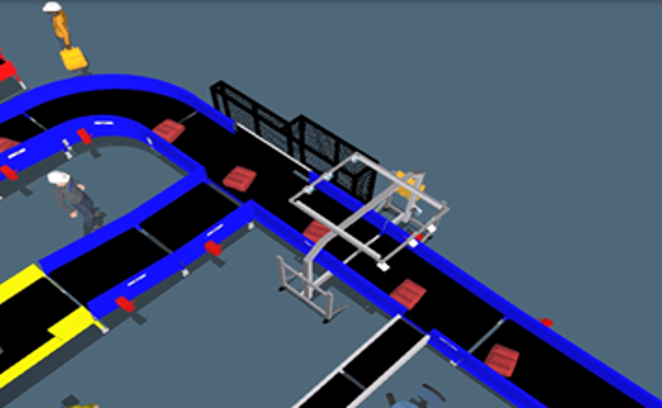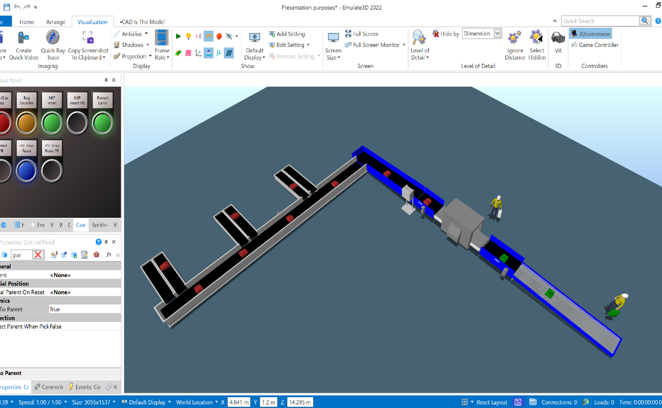At Robsons Handling Technology, we understand how important it is to de-risk site installation. That’s why we provide 3D laser scanning of new sites and 3D overlay of new system designs as early as possible when we start working on a new airport handling project.
We use only the latest technology (Faro Scanner & Navisworks) and utilize these to the full effect when combined with our 3D configurator.
From doing this we are protecting the owner, consultant, and designer of recording from delays and cost over runs.
Clashes designed out or appropriate works included in the site works program are:
- Compressed schedule
- Lack of change orders
- Reduced ROW issues
- Scheme confidence





